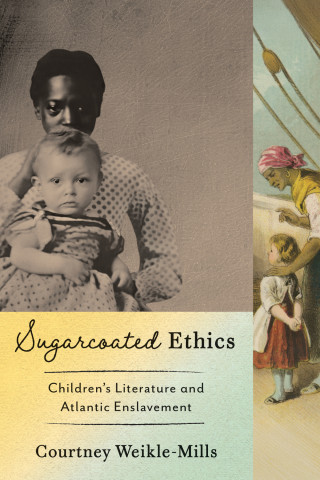
Reviews
A good read for even the most casual theater historian.
A complex, rich work... an original, important contribution to the history of the body and to political culture.
This well argued text on pantomime offers a fascinating investigation of a subgenre of British theater.
He develops his micro-history of the growth and changes in British life with finesse and precision and a rich grasp of detail.
A good example of how to write cultural history today.
For readers who share O'Brien's intellectual priorities, this book may well come to be regarded as an important contribution.
John O'Brien's Harlequin Britain is an original and provocative study of the ways in which pantomime, entertainment, and modernity are entwined in English culture. It adds significantly to our understanding of the role of the theater in the early eighteenth century and makes a compelling case for the significance of theatrical performance to the emergence of the Habermasian bourgeois public sphere.
Book Details
List of Illustrations
Acknowledgments
Introduction
1. Perseus and Andromeda and the Meaning of Eighteenth-Century Pantomime
2. Pantomime, Popular Culture, and the Invention of the English Stage
3. Wit
List of Illustrations
Acknowledgments
Introduction
1. Perseus and Andromeda and the Meaning of Eighteenth-Century Pantomime
2. Pantomime, Popular Culture, and the Invention of the English Stage
3. Wit Corporeal
4. Magic and Mimesis
Entr'acte
5. "Infamous Harlequin Mimicry"
6. Harlequin Walpole
7. David Garrick and the Institutionalizationof English Pantomime
Notes
Index






